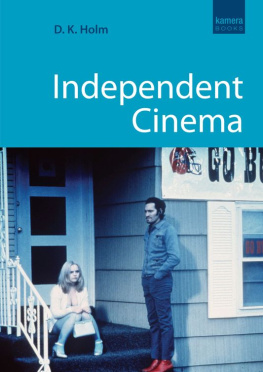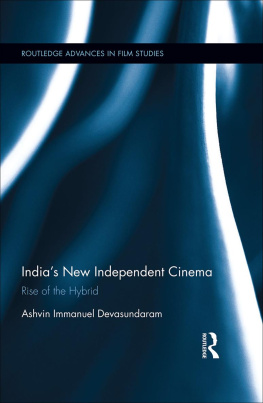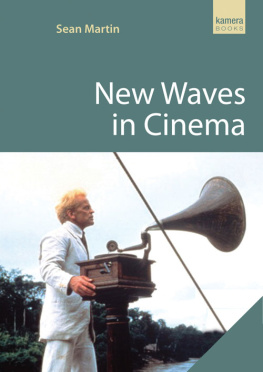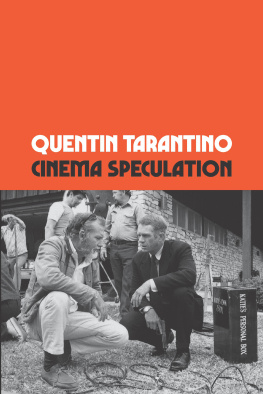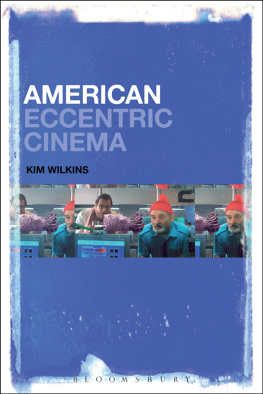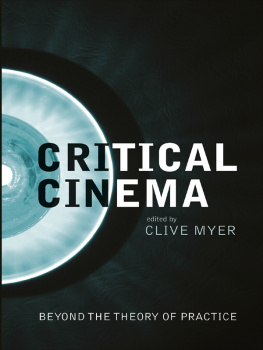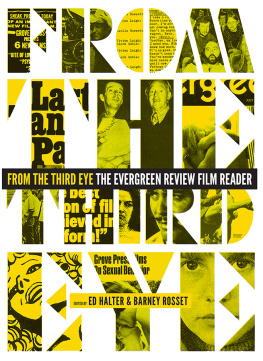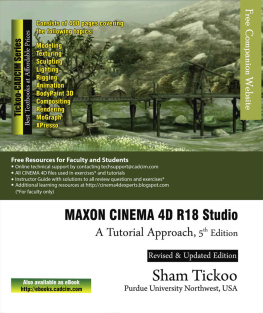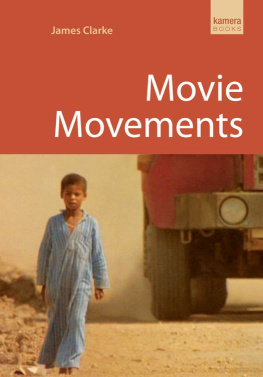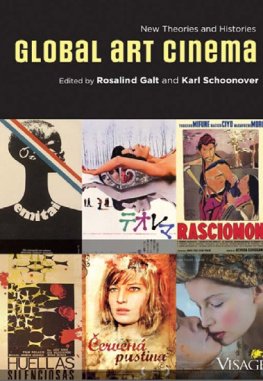I wish to salute numerous friends and colleagues who gave aid during this project, starting with Chris Ryall, former editor of Kevin Smiths website, MoviePoopShoot.com (now QuickStopEntertainment.com), and including Kristi Turnquist of the Oregonian, writer Tim Appelo, Holly Cundiff, Helaine Garren, Shawn Levy of the Oregonian, filmmakers Patti Lewis and Cynthia Lopez, Andrea Marsden, Cindy Mason, Gregg Morris, L Ninos Smith, Britta Gordon, Mike Russell, Mark Christensen, James Walling, editor of the Vancouver Voice, and Charles Schwenk. A large debt is owed to Desiree French, who edited early versions of the text, as well as to the filmmakers who took the time to engage in interviews. More generally, I can cite the Multnomah County Library, the Portland State University Library, and the Internet Movie Database, both Pro and civilian. Acknowledgement is also due to publisher Ion Mills for his enthusiasm and risk-taking, and editor Hannah Patterson for supreme patience.
A picture held us captive. And we could not get outside it, for it lay in our language and language seemed to repeat it to us inexorably.
Ludwig Wittgenstein,
Philosophical Investigations,
translator, GEM Anscombe, 1935; Oxford, 1997, No. 115
On 26 June, 1997, George Lucas stepped onto the set of his latest film, Star Wars Episode I: The Phantom Menace for its first day of filming. After three years of preparation, consisting of scriptwriting, computer previsualisation, and the assembly of a special effects team and digital camera crew, he was finally ready to commence shooting (though perhaps recording would be a better term) the latest chapter of his ongoing space opera saga. Shot in England, Tunisia and Australia, Phantom Menace cost an estimated $115 million to make, all of the money raised by Lucas himself.
Some years later, in May of 2006, a user named Lonelygirl15 began posting her video diary on the website YouTube.com. Named Bree, she was a home-schooled teen who was experiencing new roiling emotions under the influence of the outside world. Her films captured her in activities that ranged from rating different cookie brands to exploring a friendship with Daniel, an older boy. In her videotaped, emotional peregrinations, Lonelygirl15 was adding video imagery to a fund of movies that already amounted to over one million posts since YouTube.com first started. Founded in February of 2005 by three former employees of PayPal, a controversial online banking system that has inspired the birth of websites decrying it, YouTube quickly became one of the most visited locations on the Internet, premised on its being a public forum for amateur videos, news clips, music videos, pornography, television commercials and rare TV footage.
Lonelygirl15s posting came at a time when YouTube was proclaiming to enjoy visitations from over 100 million clip-viewers every day, ready to view the 65,000 new video clips that were added daily. Lonelygirl15 proved to be just one of thousands of people who posted their own video blogs. She brought realisation to Francis Ford Coppolas comment about the advances in moviemaking technology as captured in Fax Bahr and George Hickenloopers 1991 documentary, Hearts of Darkness (about the making of Apocalypse Now):
To me, the great hope is that now [sic] these little 8 millimeter video recorders and stuff are coming out some people who normally wouldnt make movies are gonna be making them and suddenly one day some little fat girl in Ohio is going to be the new Mozart and make a beautiful film with her fathers little camera recorder and for once the so called professionalism about movies will be destroyed, forever, you know, and it will become an art form.
Lonelygirl15, however, turned out to be a hoax, or more generously, an experiment by a pair of filmmakers, Miles Beckett and Greg Goodfried, who were attempting to generate interest in their work. Bree turned out to be the actress Jessica Lee Rose (among whose films was the Lindsay Lohan vehicle I Know Who Killed Me). But still, her movies did what most filmmakers hope their work will: they sparked viewing and commentary. The show and its creators were already represented by the agency CAA. Yet despite the revelation of the shows fictional basis, the resultant solo website, LG15.com, made its debut in the summer of 2006, garnering 150,000 viewers a month there and 300,000 a month on YouTube, where it is still posted.
These filmmakers from extreme ends of the filmmaking spectrum have one thing in common. Both Star WarsEpisode I: The Phantom Menace and the works of Lonelygirl15 are independent films. One could go so far as to say that they are true independent films, more so than the rash of indie films that preoccupied critical discussion throughout the 1990s, most of which were financed by film studios or distributors of one level of power or another. Seen from the perspective of the work of both George Lucas at one end, and of Lonelygirl15s Beckett and Goodfried, as mentioned above, independent cinema is something of a myth, a bogus term, a false genre.
Almost every book or article or review about independent cinema begins with the author grappling with definitions. Typical is a review of writer-director Rian Johnsons Brick in The Economist (of 20 May 2006) which begins, Defining independent films is not easy. Small films? Films that premiere at Robert Redfords Sundance Festival? Films made outside the studio system?
These are all good answers, posing as questions. What is independent cinema? Is it a school of filmmaking, or is it really simply an economic category, a marketing tool? Can filmmakers ever be truly independent within the context of commercial cinema? And, however it began, hasnt independent cinema by now developed its own style, evolved into a distinct genre?
The reader of The Economist suddenly realises that this seemingly simple word independent proves to be as illusive or allusive as the many other words that we take for granted, which, as we start to unravel them, prove complex; words such as yet, free and reality. And it is clear that over time independent as an adjective used to describe a movie has altered, be it in the context of commercial or critical usage. In fact, how critics, professional filmmakers and moviegoers have used the word independent over the years helps to chart just what an independent film is even as the definition fluctuates with changing models of film production.
The phrase independent cinema as we now mostly use it came into common parlance around 1977, and strictly speaking served as a designation for movies made outside the confines of traditional financing, distributed by companies that were not aligned to the big Hollywood studios. Though the exhibition business itself usually uses the term specialty films for art house or non-Hollywood product, Harvey and Bob Weinstein, then of Miramax, seized on the word independent as a marketing tool.
Among the films released in 1977 was David Lynchs first feature, Eraserhead, initially distributed by Libra Films, a company that existed from around 19711982, and also released Cousin, cousine and The Atomic Caf. Joining Lynchs film that year was Joan M Silvers parody of life at an underground newspaper, Between The Lines, distributed by Midwest Films, a company that existed solely to distribute Silvers work which amounted to three films, the first of which was Hester Street (1975). In addition, there was John Waterss fifth feature film, DesperateLiving; his first feature, Mondo Trasho, had been released in 1969, but he first became widely known for PinkFlamingos, distributed in 1972 by Saliva Films, which existed long enough to release three of Waterss features. Alan Rudolphs first feature

